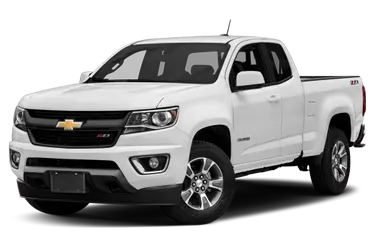While the Chevy Colorado is generally a solid midsize pickup, some model years are better left alone. Based on customer complaints and expert auto reviewers, the main years you’ll want to avoid are 2004, 2005, 2015, 2016, and 2018.
These years stand out for serious mechanical problems, from engine misfires to transmission failures and power steering loss. In this guide, we explore these issues in more detail to show you why you might want to think twice before buying a specific model.
2004 Chevy Colorado: A Swing and a Miss
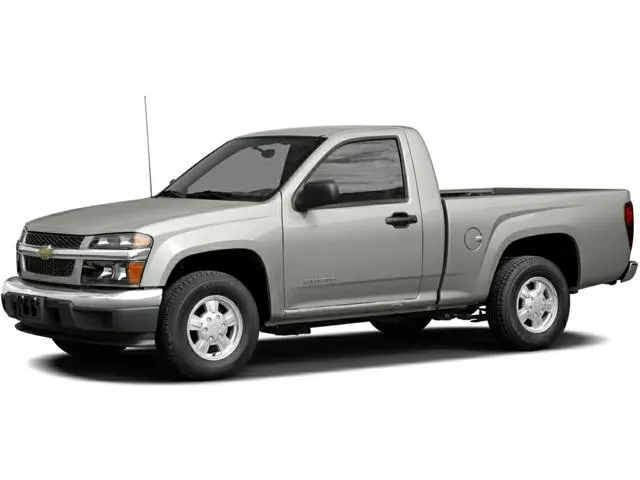
The 2004 Chevy Colorado marked the truck’s first year, and unfortunately, it showed. This model suffered from persistent engine misfires due to worn valve seats in the 3.5L inline-5 engine, often requiring head replacements at considerable cost. Users reported rough idling, stalling, and failed emissions tests by 60,000 miles.
On top of that, the brake system frequently failed due to line corrosion, and NHTSA records show multiple complaints about soft pedals and rear brake wear.
The electrical system was another major concern, with drivers experiencing issues like:
- Power window failures
- Flickering dash lights
- Repeated battery replacements
Chevrolet issued recalls for airbag sensor malfunctions, brake lamp switches, and wiper system failures—a sign of early quality control problems.
Owners on forums like ColoradoFans.com continue to refer to 2004 as the “worst year ever” due to its high repair costs (averaging $2,000+) and frequency of problems. With critical failures in multiple systems and a lack of long-term reliability, the 2004 Colorado is best avoided by used truck buyers.
2005 Chevy Colorado: Persistent Engine and A/C Problems
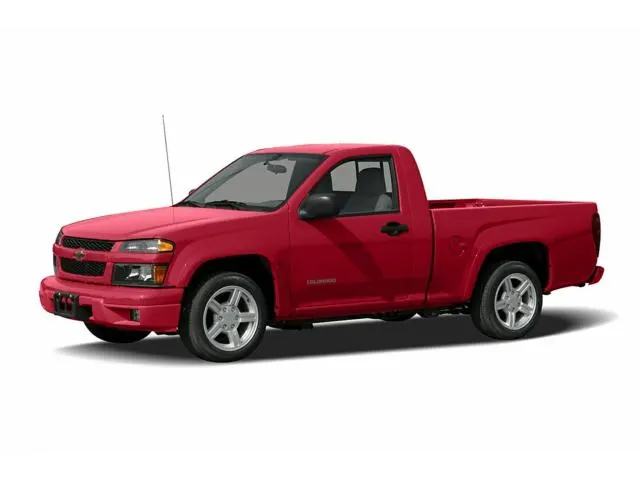
Despite having a year to improve, the 2005 Colorado retained many of the same design and performance issues as 2004. The valve seat defect persisted, causing engine misfires that triggered “Check Engine” lights and eventually required full head replacements. CarComplaints lists over 500 complaints for this model year, with engine and A/C problems leading the list.
Owners reported air conditioning systems that blew warm air or stopped working altogether, often due to faulty compressors. Multiple TSBs were issued for throttle position sensor failures, which caused erratic shifting and poor throttle response. Complaints also cite major problems like:
- Hard starting
- Rough idling
- Sputtering at highway speeds
While Chevrolet did respond with limited repairs and software updates, most owners found repair costs landed on them, with little improvement in long-term durability. With ongoing drivetrain, cooling system, and electrical complaints, the 2005 Colorado remains a poor choice—especially since the known issues were never fully addressed until later in the first generation.
2015 Chevy Colorado: A Problematic Redesign
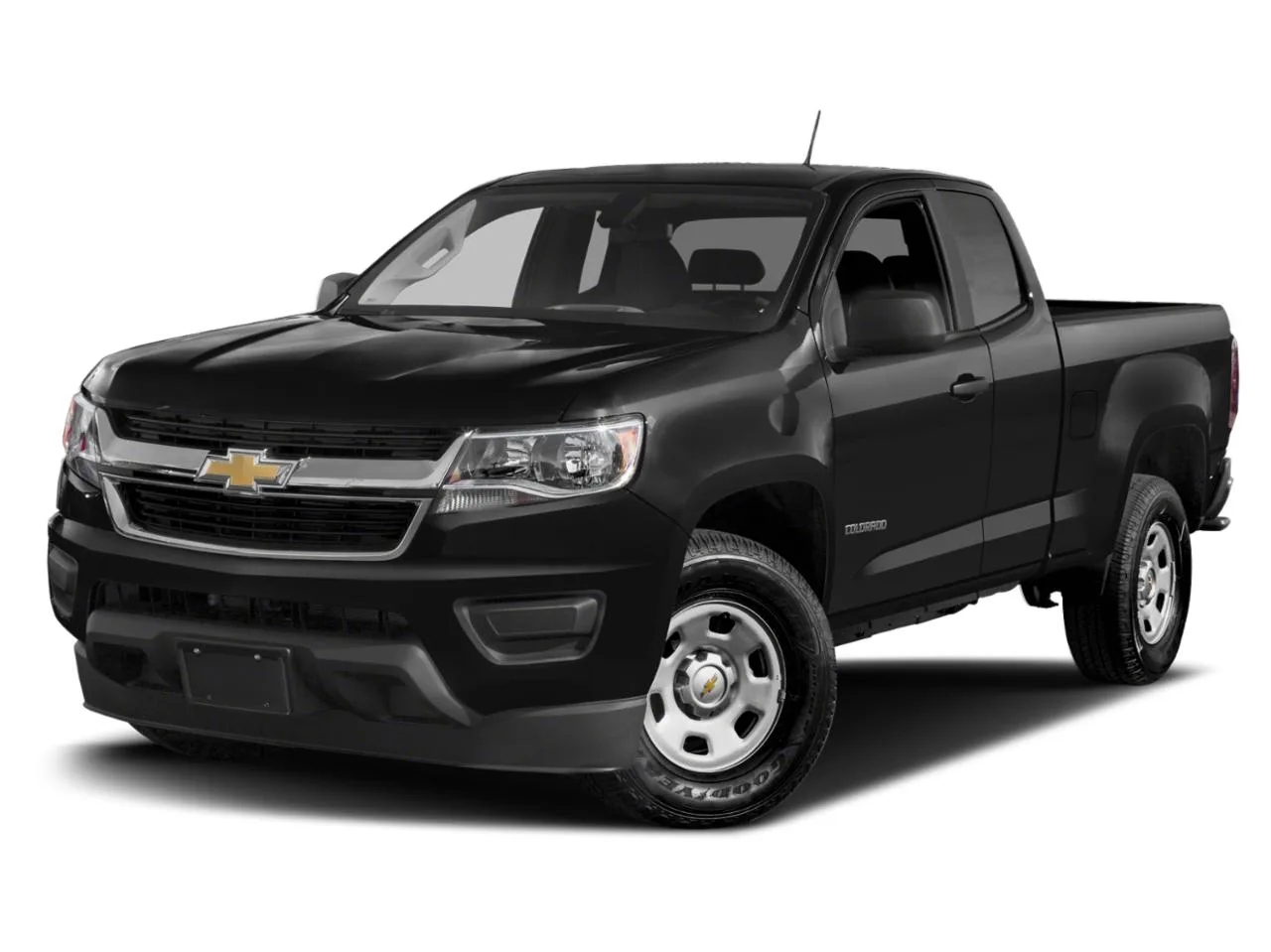
When Chevy relaunched the Colorado in 2015, expectations were high—but the model delivered reliability nightmares instead. According to CarComplaints, the 2015 model racked up more owner complaints than any other year, including:
- Serious transmission problems
- Steering system failures
- Engine stalls
Power steering issues were especially dangerous—the truck lost power assist without warning, a failure that prompted a major recall of over 111,000 vehicles.
With numerous safety-critical failures, costly repairs, and the highest complaint count of any model, 2015 is widely considered the worst year for the Colorado and should be avoided entirely.
2016 Chevy Colorado: Transmission and StabiliTrak Woes
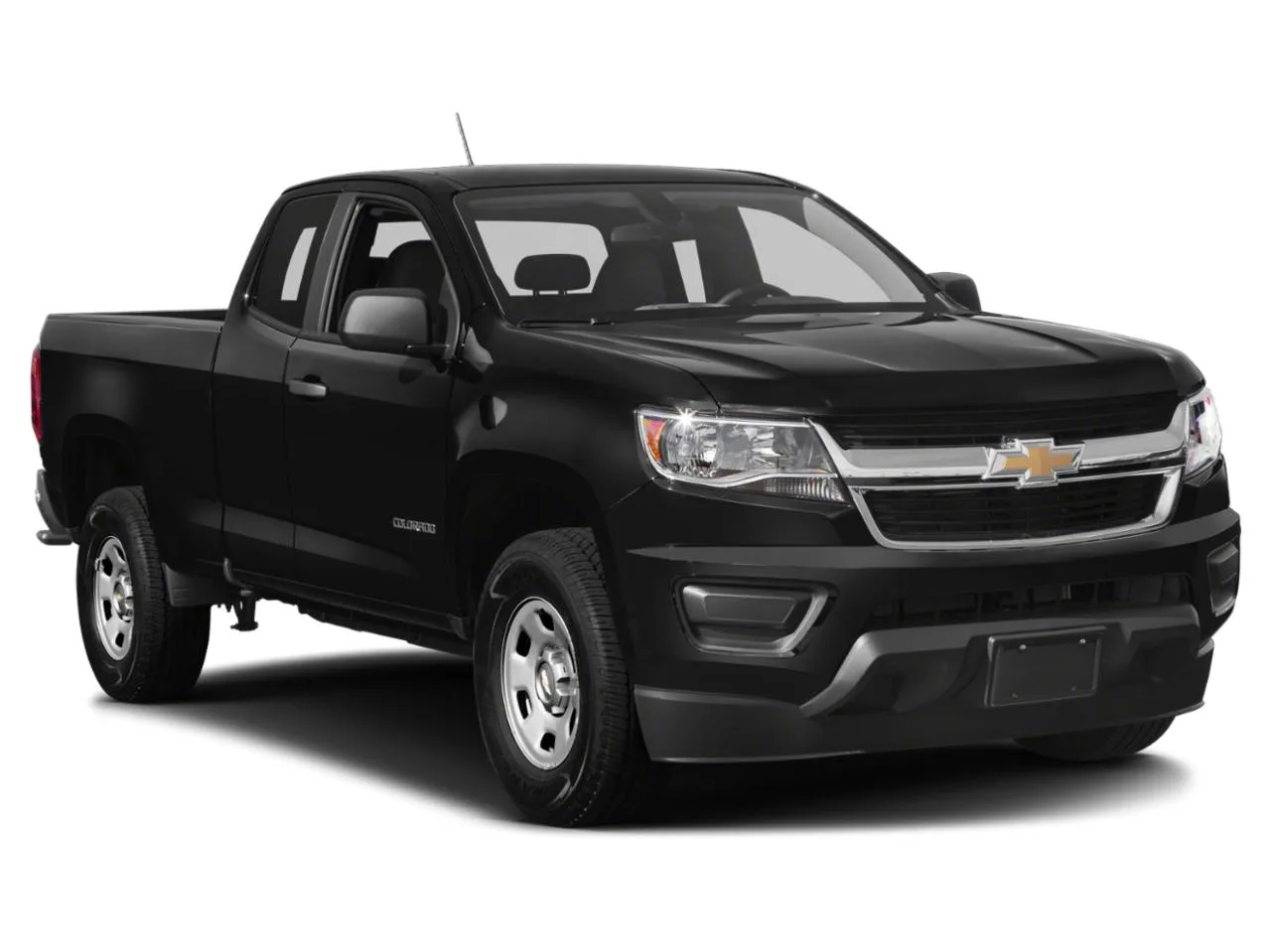
Hopes were high that the 2016 model would improve upon the 2015 issues. While it technically did, this year only brought slightly fewer complaints and continued transmission drama. The 8-speed automatic still suffered from plenty of issues, such as:
- Delayed shifts
- Shuddering under light acceleration
- Total torque converter failure
Even with a Technical Service Bulletin issued by GM for a fluid flush (using Mobil 1 LV ATF HP), many owners said the problem returned within weeks
Another major issue was the StabiliTrak electronic stability control system, which frequently threw errors and shut off traction control. Owners described:
- Random warning lights
- Loss of cruise control
- Inconsistent performance of vital safety features
Given the continued transmission failures, persistent drivetrain vibration, and safety-system glitches, the 2016 Colorado is still one of the most problematic years of the second generation.
2018 Chevy Colorado – The “Shudder” Year
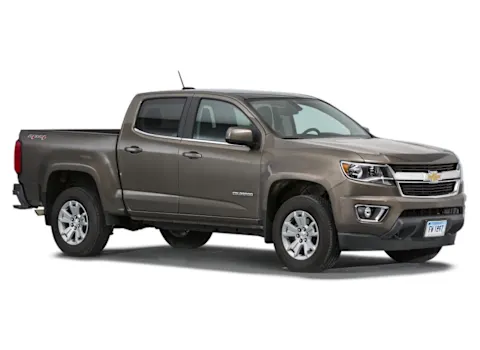
The 2018 Colorado is best known for one thing: the “Chevy Shudder.” This vibration occurs between 25–50 mph and is caused by issues in the 8-speed automatic transmission or torque converter, mainly because of GM’s initial use of subpar transmission fluid. Even after GM recommended switching to a new fluid, many owners reported the shudder returning or never resolving at all.
CarComplaints lists transmission vibration as the most common issue for the 2018 model, with hundreds of reports logged. Repairs included multiple flushes, torque converter replacements, and full transmission rebuilds—ranging from $2,500 to over $4,000 depending on severity.
Beyond the shudder, 2018 Colorados had camshaft position sensor failures, infotainment bugs, and check engine lights related to the fuel delivery system.
Although visually refined, the hidden mechanical faults make 2018 a model year to skip unless it’s been fully repaired and updated.
(Dis)honorable Mentions: 2006, 2012, and 2017
- 2006: While not as problematic as 2004–05, the 2006 model still struggled with engine misfires from lingering valve seat issues. Electrical gremlins, including erratic dash lights and sensor failures, were common. If buying, ensure engine work was done under warranty or aftermarket repair.
- 2012: The last model year of the first-gen Colorado had aging reliability concerns. Users reported suspension noise, worn bushings, and power window motor failures. Though not a disaster, it lacked refinement and had limited parts support compared to later models.
- 2017: Some improvements were made after 2015–16, but drivetrain and electronic issues persisted. CarComplaints notes 84 drivetrain-related complaints for 2017, including transmission shudder and unexpected downshifting. Without service records showing updated fluid or torque converter replacement, buyer beware still applies.
Final Thoughts
The Chevy Colorado has had its highs and lows over the years, but some model years are too problematic to recommend. Models like 2004, 2005, 2015, 2016, and 2018 stand out for serious issues ranging from engine misfires and brake failures to widespread transmission and power steering problems.
If you’re shopping used, it’s best to avoid these years and opt for better-rated alternatives such as the 2011, 2012 (with caveats), or post-2019 models that offer improved reliability and fewer long-term maintenance headaches.

Tomas is a retired Chevy Auto Technician that brings decades of hands-on experience and expertise to the table. He’s also a father to two incredible daughters. He enjoys using his knowledge and experience to help you solve and find reliable information on Chevrolet vehicles. Whether it’s troubleshooting engine problems or providing tips for maintenance, Thomas is committed to helping Chevy owners keep their vehicles running smoothly and safely.

